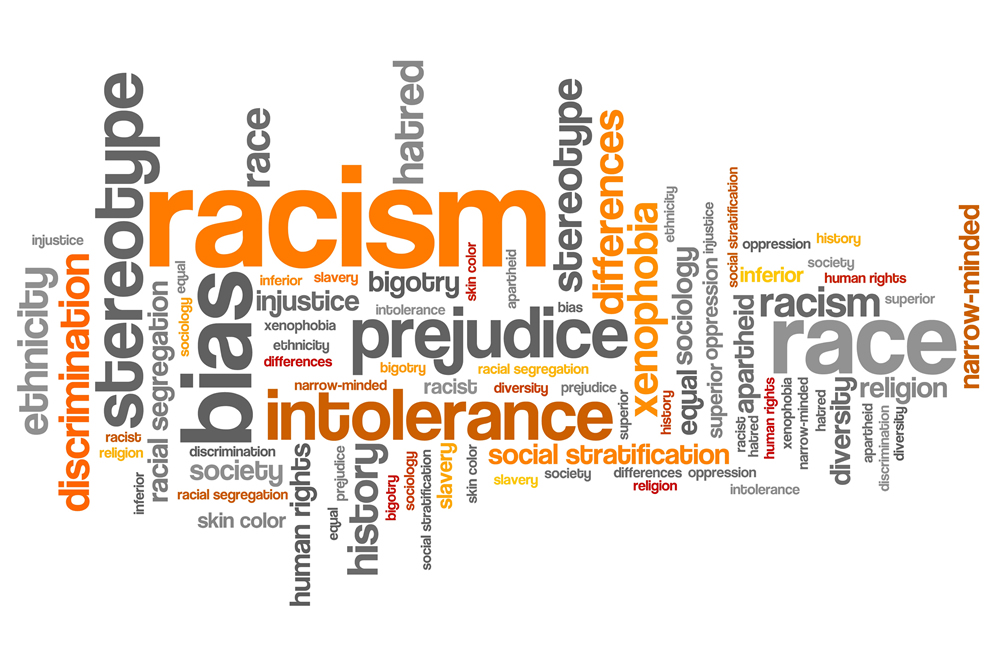In the last few months, you can’t turn on the television or the radio without hearing of another incident of racial injustice occurring in the United States. This reality has led many of all races to become more vocal and speak out more generally against racism and to take issue with monuments and flags viewed to be symbols of continued oppression and racism against African Americans.

As this unrest over racial injustice and such symbols has spread throughout the country, it was only a matter of time before it took hold in Mississippi in full force.
Background
Following the momentum of the movement for equality, in the last days of June, the Mississippi House and Senate voted to replace the state flag of Mississippi, which has long featured the Confederate battle emblem. Governor Tate Reeves signed the measure shortly thereafter.
Under the law, the now former state flag must be removed from all government buildings and a commission will be appointed to design a new flag, which ultimately will be subject to the approval of Mississippi voters.
So, what does this have to do with workplaces in Mississippi? The same emotions and arguments present in the debate to remove Mississippi’s flag and other controversial symbols nationwide can apply equally when employers seek to avoid racial discrimination and harassment in the workplace. Let’s take a closer look.
Racial Discrimination/Harassment
Under Title VII of the Civil Rights Act of 1964 and other antidiscrimination laws, employers may not discriminate against applicants or employees because of their race when it comes to terms and conditions of employment including, but not limited to, hiring, pay, promotion and termination decisions.
The U.S. Supreme Court has held the laws not only forbid racial discrimination claims in the form of discrete decisions, but they also protect individuals from harassing conduct based on race that doesn’t necessarily rise to the level of a discrete and easily identifiable decision such as a failure to promote or a termination decision. Racial harassment is commonly referred to as a hostile work environment and generally involves allegations of repeated instances of racially abusive conduct.
Whether complaining of a discrete discriminatory act or a racially hostile work environment, employees have frequently pointed to circumstantial evidence in support of their claims, such as the use of racial epithets, telling racist jokes, or the presence of a noose in the workplace. But the conduct complained of doesn’t have to be so open and obvious to support a claim.
As the nationwide debate over Confederate monuments and symbols (and the debate in Mississippi over the flag) have made clear, items long viewed by some employees as merely representative of a specific time in history can be viewed by others as an offensive sign of oppression against African Americans and a purposeful reminder of slavery.
Such items in the workplace can be cited as evidence that a particular supervisor, who may display the Confederate emblem in his office or on a hat, T-shirt, or bumper sticker, harbors racial animus against an employee because of his race, made an adverse decision on that basis, and/or purposefully displayed the emblem to the employee in an effort to harass.
And, as the debate plays out across the nation and perspectives on the Confederate emblem continue to shift, arguments the emblem is additional evidence that a complained of action or workplace environment was based on race will become stronger and more accepted by the courts.
Takeaway
Most employers already have policies in place to avoid and eliminate race discrimination and racially hostile work environments, but all employers should take a closer look at the workplace to identify and address materials/objects that may exist and/or employees may bring with them that potentially offend other employees because of race and would add additional support to race discrimination or racially hostile work environment claims.
Martin J. Regimbal, a shareholder of The Kullman Firm, can be reached at mjr@kullmanlaw.com.
